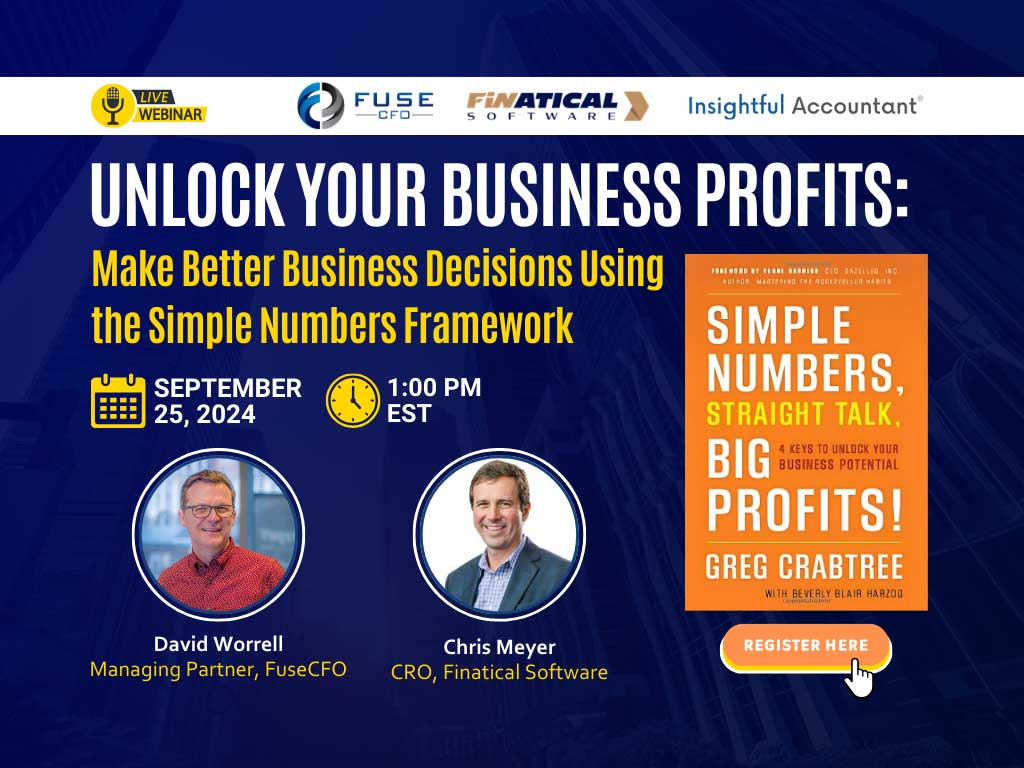
The Danger of Commingling Personal & Business Finances

Blending business finances and personal assets is a frequent oversight many entrepreneurs encounter. This issue often arises from a need for more awareness about the consequences of merging the two. Even if there weren’t legal consequences for commingling personal and business funds, it creates significant challenges for tracking and accounting for your business’s financial health. Establishing firm boundaries between the two is fundamental because it protects your personal assets and gives you an accurate financial picture of your business.
Why Separating Personal & Business Finances Matters
Blurring the lines between personal and business finances obscures your business’s true financial performance. This lack of clarity is problematic not only for your own understanding but also for potential investors or lenders. Moreover, the ability to accurately claim business expenses on taxes becomes compromised, leading to possible legal issues and missed deductions. The risk extends to personal liability, where personal assets could become vulnerable to business debts.
The consequences of such financial intertwining include difficulties in financial reporting, reduced credibility with financial institutions, potential penalties from tax authorities, and an overall increase in administrative workload. Establishing distinct financial boundaries is essential for protecting the individual’s and the business’s assets. With clear separation, business owners can avoid significant financial confusion and legal complications that could otherwise be avoided. Having separate finances gives you more clarity and supports strategic decision-making and financial planning. It maintains a professional image and trustworthiness in the eyes of stakeholders. Creating and adhering to these financial boundaries is not just about compliance; it’s about ensuring your business’s long-term sustainability and success.
Tips For Keeping Business Finances Separated
Establish separate bank accounts and credit cards that your business will use solely. This simplifies tracking business expenditures and ensures personal purchases are kept entirely separate, thereby facilitating cleaner financial management. Utilizing accounting software, such as FreshBooks, is another effective strategy for small business owners. This software allows for an organized, straightforward method of tracking and categorizing expenses, making it easier to maintain a clear division between personal and business finances. For larger enterprises, enlisting the services of a professional accountant can provide invaluable assistance with the more complex aspects of financial management and tax preparation.
Additionally, storing your receipts and invoices digitally enhances efficiency and security. Modern solutions like receipt scanners or apps like WellyBox offer a more reliable and accessible means of storing and managing expense records, even allowing for easy integration with accounting software for seamless expense reporting. For items used both personally and for business, maintaining a detailed log of business use—including dates and times—is essential for tax purposes. They provide clear documentation to substantiate deductions. Regularly review your business accounts at pre-planned intervals. Ideally, conducting them multiple times a year is critical in identifying and rectifying any inadvertent mixing of personal and business funds. It prevents potential complications and ensures financial clarity and compliance.
Get Your Own CFO For Help With Business Finances
The first step toward financial health is to know the importance of separating personal money from your and your business’s finances. If you need help with mixed finances or want to ensure you’re on the right track, we’re here to help. Schedule your free business analysis today to begin the journey toward more transparent and secure business financial management.
Integrating these practices not only streamlines financial operations but also instills discipline in managing your business’s fiscal health. By embracing these strategies, you empower your business with a solid financial foundation, enhancing your credibility and attractiveness to potential investors. Clear boundaries ensure that your personal assets remain protected while optimizing your business’s financial visibility. Ultimately, adopting these measures not only fosters compliance but also fosters sustainable growth and resilience in an ever-evolving economic landscape.




